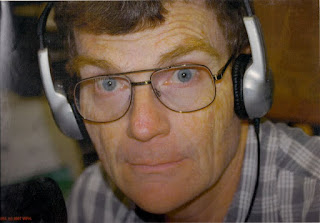Simple Antennas for the Radio Amateur--a continuing series
How would you like to build a cheap, easily erected, and efficient antenna for your small yard? I've pondered that idea over the past several days after a cold front and its associated high winds made a mess of my temporary, homebrew vertical next to my garage. Since I had a few days off from my substitute teaching assignments, I decided to build another sky hook with materials I had in my "junk box." I still had a good pvc mast, about 100 feet of number 14 housewire, and an extra 4:1 balun stashed in the corner near the washing machine. Along with 50 feet of 450 ohm twin lead and about 20 feet of RG-6 coax, I was in business. The antenna would be an inverted "vee" inspired by a variety of articles in the ARRL Antenna Book, various amateur radio forums (e.ham, net), and a 1998 paper entitled "The $4 Special" by Joe Tyburczy, W1FGH. The antenna won't rival a mono band beam on a 50-foot tower, but it will provide hours of good contacts at a sm...
